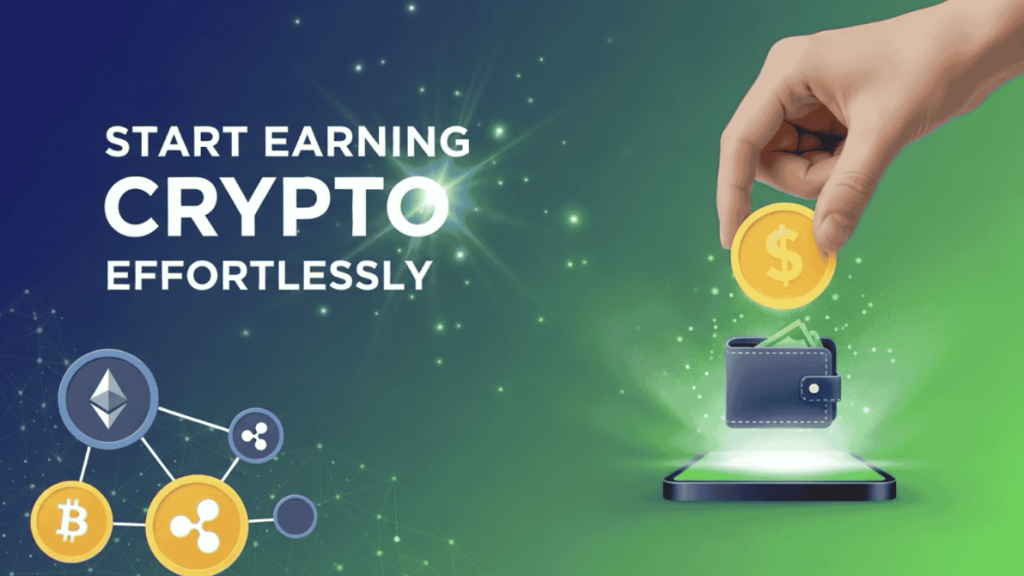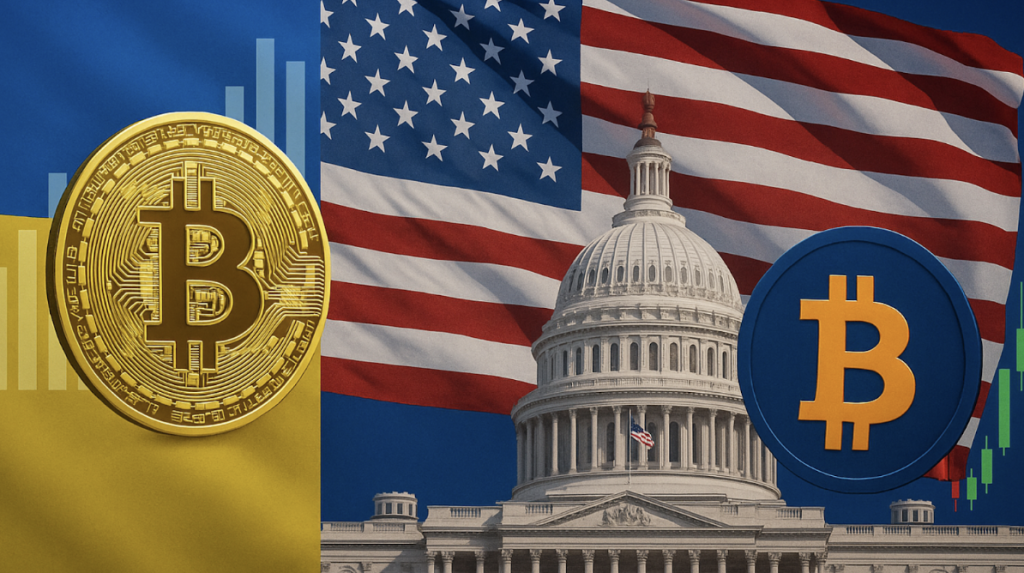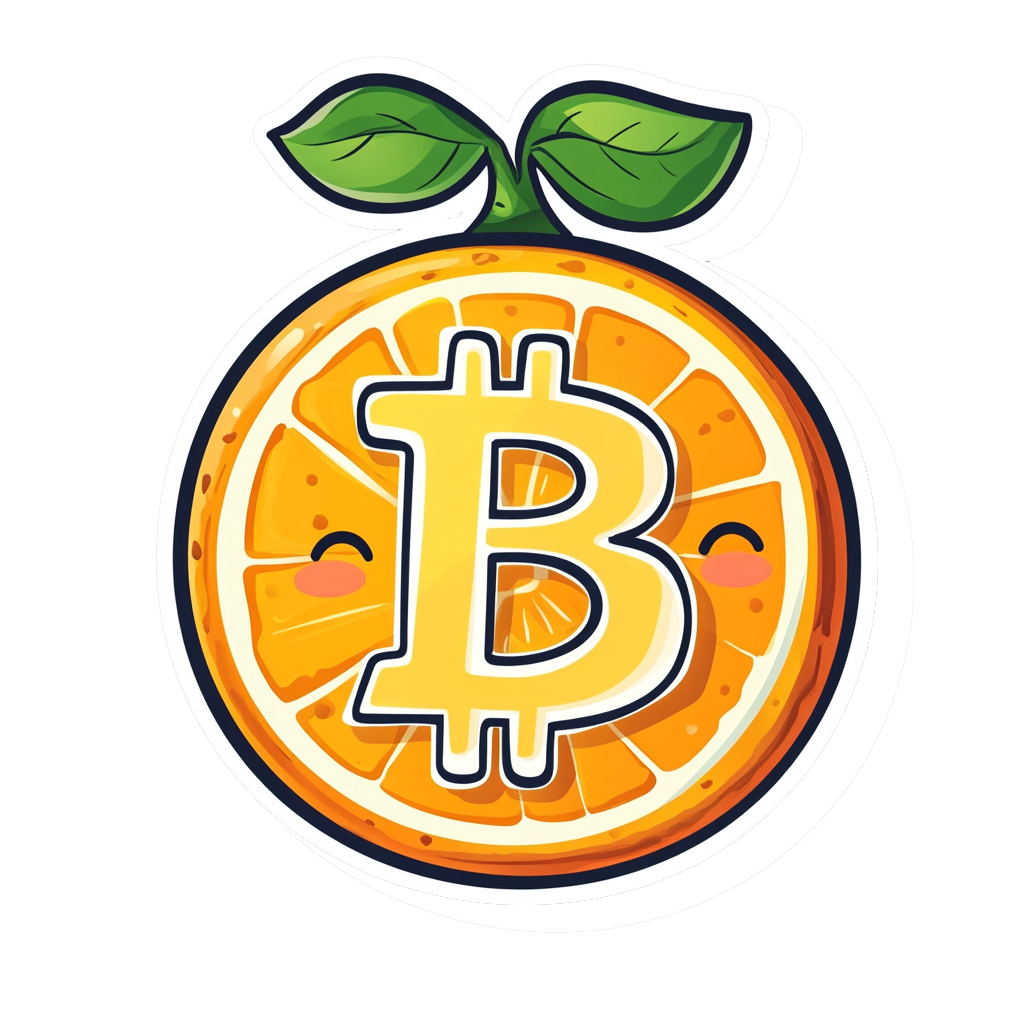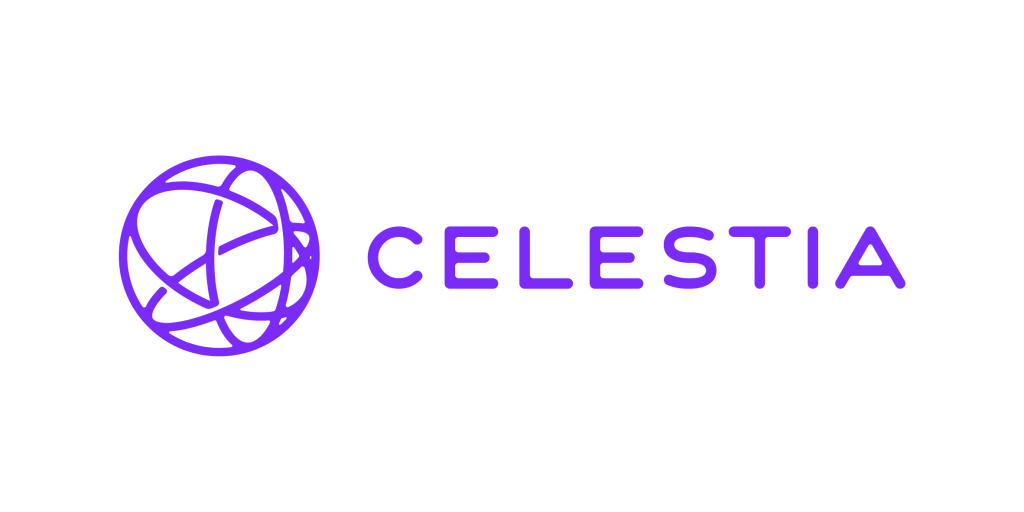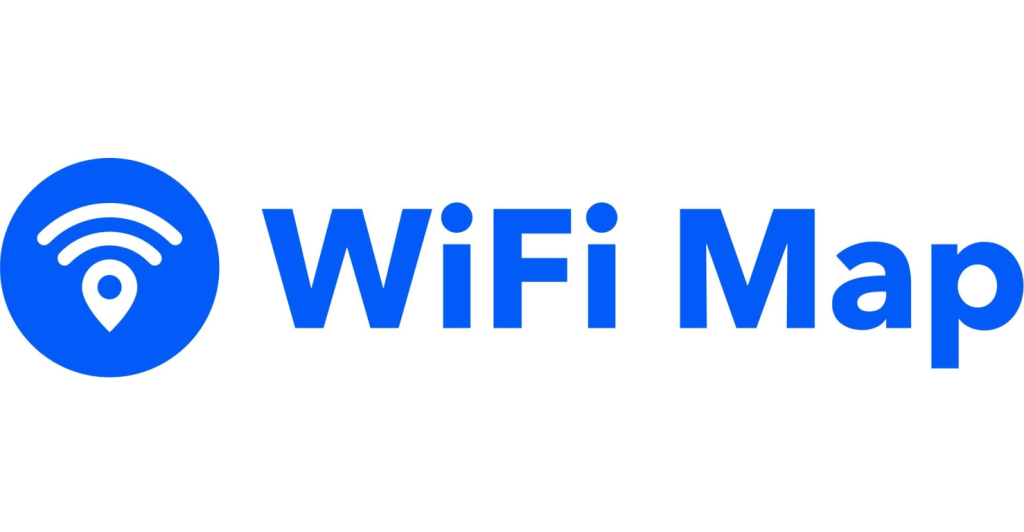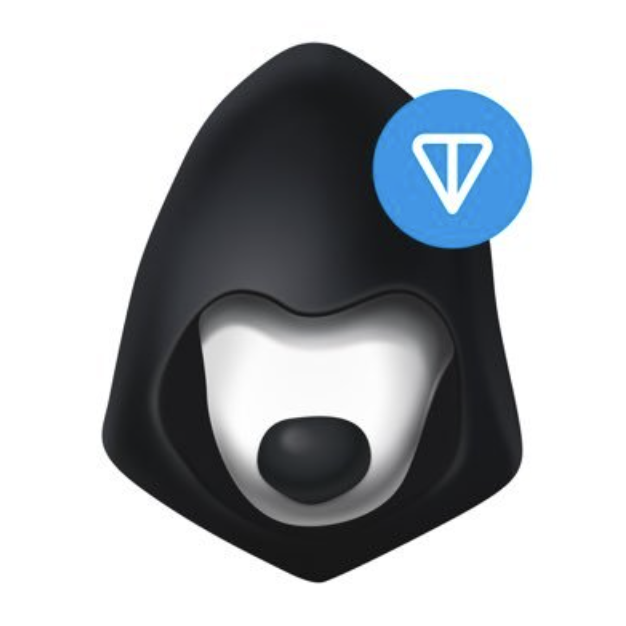
The WIGL Token: A Comprehensive Utility Token for a Dynamic Ecosystem
In the fast-paced and ever-evolving world of blockchain technology and cryptocurrency, utility tokens have emerged as a crucial element in providing users with a host of benefits within decentralized ecosystems. One such token that is poised to offer a wide range of utilities to its community is the $WIGL token. As the native token of the WIGL platform, $WIGL aims to enrich the experience of its users by offering numerous financial incentives and enhancing user engagement with the ecosystem. From boosting interest rates on crypto investments to offering lower fees on transactions and cashback rewards, $WIGL is set to play a pivotal role in driving the growth and sustainability of the WIGL ecosystem.
This article delves into the functionality, benefits, and potential future of the $WIGL token and explores how it will impact the WIGL community and its broader app users.
Utility Tokens in the Crypto Ecosystem: A Primer
Before diving into the specifics of the $WIGL token, it is essential to understand the concept of a utility token. Utility tokens are a type of cryptocurrency that are designed to provide users access to a product or service within a specific blockchain-based platform. Unlike security tokens, which are linked to financial assets or ownership rights, utility tokens are primarily used to power transactions and offer rewards within a decentralized system.
Utility tokens are an integral part of many crypto ecosystems, offering holders a wide range of features, such as discounted transaction fees, voting rights, and access to exclusive services or features. In many cases, they are used as a tool to incentivize user participation and engagement within a platform, rewarding users who contribute to the growth and success of the ecosystem.
The $WIGL token is no different in this regard. As the native utility token of the WIGL platform, it is designed to provide a myriad of benefits and incentives to users, from increasing interest rates on crypto-asset investments to offering rewards for referrals and providing cashback on WIGL payment card transactions.
The WIGL Platform: A Growing Ecosystem
The WIGL platform itself is a comprehensive financial ecosystem that seeks to provide its users with a broad range of services centered around cryptocurrency and digital finance. By combining the best elements of decentralized finance (DeFi) with traditional financial tools, WIGL aims to offer a seamless and intuitive user experience. The platform provides services such as crypto-asset investments, payment cards, and a variety of transaction-based services.
As part of its growth strategy, WIGL has integrated the $WIGL token into its platform to empower users with enhanced benefits, create loyalty within the community, and improve the overall user experience.
Key Benefits of the $WIGL Token
The $WIGL token offers an extensive array of utilities that are intended to drive user engagement and create a thriving community around the WIGL platform. Some of the most notable benefits include:
1. Increased Interest Rates on Crypto-Asset Investments
One of the standout features of the $WIGL token is its ability to increase interest rates on various crypto-asset investments available within the WIGL ecosystem. By holding and staking $WIGL tokens, users can unlock higher returns on their crypto holdings, making it an attractive option for those looking to maximize the profitability of their investments.
In a competitive crypto environment, where DeFi platforms are constantly offering new ways to generate yield, the ability to increase interest rates provides a clear advantage to $WIGL holders. This feature will likely incentivize more users to hold and stake their tokens, creating a positive feedback loop that further benefits the WIGL ecosystem.
2. Referral Rewards
Referral programs have long been used as a method of driving user acquisition, and WIGL has incorporated this into the utility of the $WIGL token. Users who refer others to the WIGL platform can earn rewards in the form of $WIGL tokens, creating an additional layer of incentives for promoting the platform within their networks.
This referral mechanism is designed to not only grow the user base of the platform but also create a sense of community, as users are rewarded for bringing others into the fold. In the long run, this could lead to exponential growth in the platform’s user base, further strengthening the WIGL ecosystem.
3. Lower Fees on Transactions and Subscriptions
Transaction fees are an inherent part of any crypto platform, but $WIGL token holders will enjoy the added benefit of lower fees on their transactions. Whether users are making payments, transferring crypto, or subscribing to premium services, holding $WIGL tokens will enable them to reduce the costs associated with these activities.
The reduction of fees serves as a powerful incentive for users to hold $WIGL tokens, particularly for individuals who engage in frequent transactions or wish to take advantage of subscription-based services offered by WIGL. Over time, this feature can lead to significant cost savings, making $WIGL an essential token for anyone who actively uses the platform.
4. Cashback Rewards on WIGL Payment Cards
In a world where digital payments are becoming the norm, payment cards that offer crypto integration are gaining traction. WIGL has developed its own payment cards, allowing users to spend their crypto assets seamlessly in the real world. The $WIGL token further enhances this experience by providing additional cashback rewards on expenses made with WIGL payment cards.
Cashback rewards have always been a popular feature in traditional finance, and integrating them into the crypto world via the $WIGL token represents a significant value proposition. Users will be able to earn a percentage of their spending back in the form of $WIGL tokens, which they can either use within the ecosystem or hold for future benefits. This feature adds yet another layer of utility to the $WIGL token, incentivizing users to make the WIGL platform their go-to solution for everyday payments.
Long-Term Impact on the WIGL Community
The $WIGL token is not just a tool for driving short-term user engagement; it is an essential part of WIGL’s long-term strategy to build a robust and loyal community. By offering a variety of incentives tied to the token, WIGL is positioning itself as a platform that rewards active participation and sustained involvement.
This approach aligns with broader trends in the crypto industry, where community-driven growth has become one of the most important factors for success. Platforms that can foster a loyal user base often outperform those that rely solely on transactional relationships. The $WIGL token, with its comprehensive range of utilities, is a key element in WIGL’s strategy to build this type of community.
Furthermore, as the platform continues to expand its services, the utility of the $WIGL token could grow even further. New features, products, and services could be introduced, with additional benefits tied to holding and using $WIGL tokens. This creates a dynamic environment where the value of the token increases over time as the ecosystem evolves.
Potential Challenges and Considerations
While the $WIGL token offers a wide range of benefits, it is important to consider some potential challenges. One challenge that often arises with utility tokens is maintaining their value in a volatile market. Token prices can fluctuate based on market conditions, user demand, and broader economic factors, which could impact the perceived value of the benefits offered by holding $WIGL.
Another challenge involves regulatory considerations. As governments around the world continue to implement new regulations around cryptocurrency and blockchain, utility tokens like $WIGL may be subject to regulatory scrutiny. Ensuring compliance with these regulations is essential for the long-term viability of the WIGL platform and its token.
The Future of $WIGL and the WIGL Ecosystem
The future of the $WIGL token looks promising, particularly as the WIGL platform continues to expand its ecosystem. As more users come on board and the utility of the token increases, $WIGL has the potential to become a central element of the platform’s growth strategy. By offering incentives that appeal to both casual users and crypto enthusiasts, WIGL is creating an ecosystem that fosters engagement, loyalty, and financial benefits for its community.
Looking ahead, the success of the $WIGL token will depend on WIGL’s ability to continue innovating and delivering value to its users. As new features and services are introduced, the utility of the $WIGL token will likely expand, offering even more benefits to those who hold and use it. This creates a powerful feedback loop where the success of the platform drives demand for the token, and in turn, the token drives further engagement with the platform.
In conclusion, the $WIGL token represents a comprehensive utility token that offers a wide range of benefits to its community and app users. With features like increased interest rates on crypto investments, referral rewards, lower transaction fees, and cashback on payment card expenses, $WIGL has positioned itself as a key driver of growth and engagement within the WIGL ecosystem. As the platform continues to grow and evolve, the utility of the $WIGL token is likely to increase, creating lasting value for its holders and contributing to the long-term success of the WIGL platform.
white-paper-wigl-en
